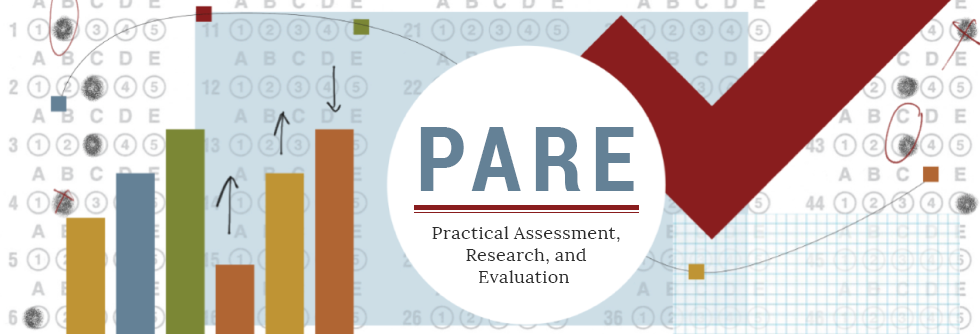Educational Research with Real-World Data: Reducing Selection Bias with Propensity Score Analysis
DOI
https://doi.org/10.7275/4nr3-nk33
Abstract
Often it is infeasible or unethical to use random assignment in educational settings to study important constructs and questions. Hence, educational research often uses observational data, such as large-scale secondary data sets and state and school district data, and quasi-experimental designs. One method of reducing selection bias in estimations of treatment effects is propensity score analysis. This method reduces a large number of pretreatment covariates to a single scalar function and allows researchers to compare subjects with similar probability to receive the treatment. This article provides an introduction to propensity score analysis and stratification, an example illustrating its use, and suggestions for using propensity score analysis in educational research. Accessed 6,397 times on https://pareonline.net from December 18, 2013 to December 31, 2019. For downloads from January 1, 2020 forward, please click on the PlumX Metrics link to the right.
Creative Commons License

This work is licensed under a Creative Commons Attribution-NonCommercial-No Derivative Works 4.0 International License.
Recommended Citation
Adelson, Jill L.
(2019)
"Educational Research with Real-World Data: Reducing Selection Bias with Propensity Score Analysis,"
Practical Assessment, Research, and Evaluation: Vol. 18, Article 15.
DOI: https://doi.org/10.7275/4nr3-nk33
Available at:
https://scholarworks.umass.edu/pare/vol18/iss1/15
